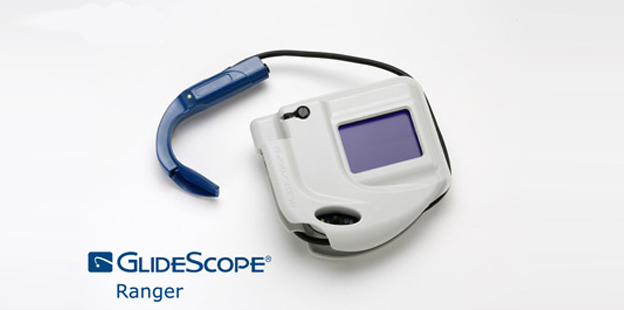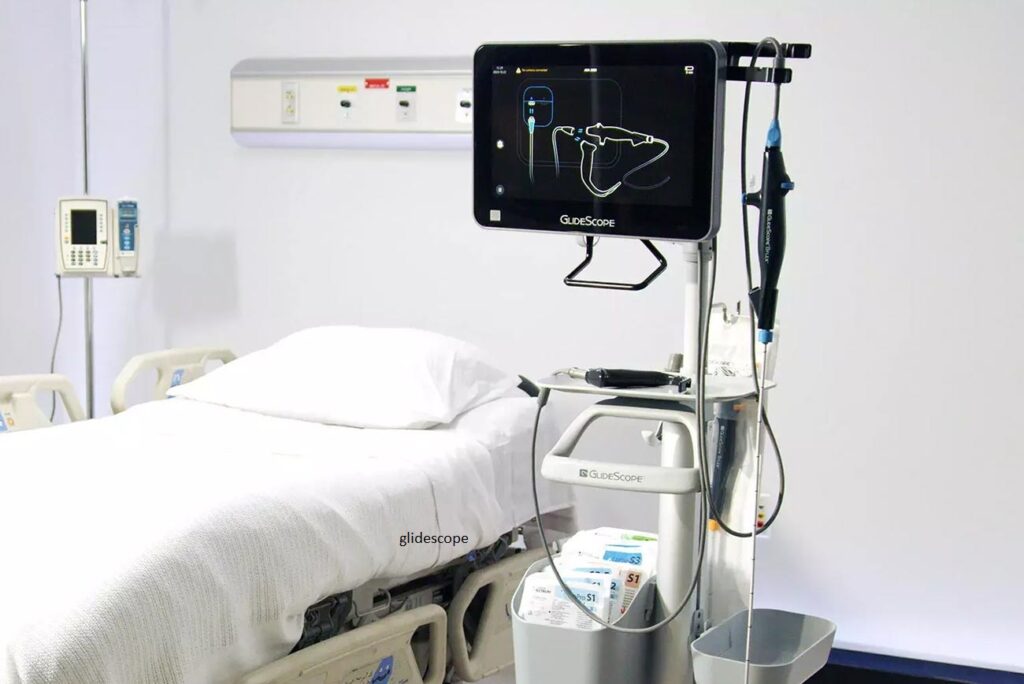Introduction
Efficiency is essential in a world that moves quickly. The aviation sector has long worked to improve the convenience and safety of flying. The “Glidescope” is one such innovation that has gained attention in the aviation industry. In-depth analysis of the ground-breaking and technology is provided in this article, along with an examination of its possible uses outside of aviation.
A Glimpse into History
The was initially proposed in the middle of the 20th century in response to the expanding demand for accurate landing guidance for aircraft. Prior to its invention, pilots were primarily dependent on visual cues, which made landing in bad weather risky.

The Evolution
The has changed greatly over time. It has evolved from a simple mechanism to a very complex technological advancement that has changed how airplanes approach runways.
Precision Navigation and glidescope
Precision navigation is the foundation of operation. In order to give pilots real-time information regarding their descent path and alignment with the runway, it mixes radio signals with sophisticated algorithms.
Enhanced Safety
The potential of to improve safety is one of its main advantages. It lowers the possibility of landing accidents by providing precise direction, especially in low visibility situations.
Beyond Commercial Aviation
Although was primarily created for use in commercial flying, its uses have now expanded.
Military Use
The technology has been utilized by the military to help fighter jets and cargo aircraft land precisely, especially on difficult terrain.
Medical Field
Unexpectedly, technology has entered the medical industry. Healthcare practitioners utilize the video laryngoscope to enhance the vocal cords’ visibility during intubation procedures.
Improved Efficiency
The technology makes flights more punctual and allows airports to handle more landings and takeoffs in a given amount of time.
Reduced Environmental Impact
Effective landings result in less time in holding patterns, which lowers fuel use and CO2 emissions.
Integration with Autonomous Aircraft
The is positioned to play a critical role in ensuring safe and accurate landings as the world gets closer to the era of autonomous aircraft.
Space Exploration
The use of glidescope technology for spaceship landings on far-off celestial planets is being investigated by NASA.

Conclusion
From its modest beginnings, has advanced significantly, transforming aviation and developing uses in other industries. Glidescope’s influence on the development of travel and exploration cannot be understated as technology develops.
FAQs
- How does Glidescope technology enhance aviation safety?
Glidescope technology provides accurate descent guidance to pilots, reducing the risk of accidents during landings, especially in adverse weather conditions.
- Are there any drawbacks to using Glidescope?
While Glidescope offers numerous benefits, it is not immune to technical glitches, which can occasionally lead to disruptions in air traffic.
- How has Glidescope impacted medical procedures?
The medical field has adopted Glidescope technology to improve visualization during intubation procedures, making them safer and more efficient.



